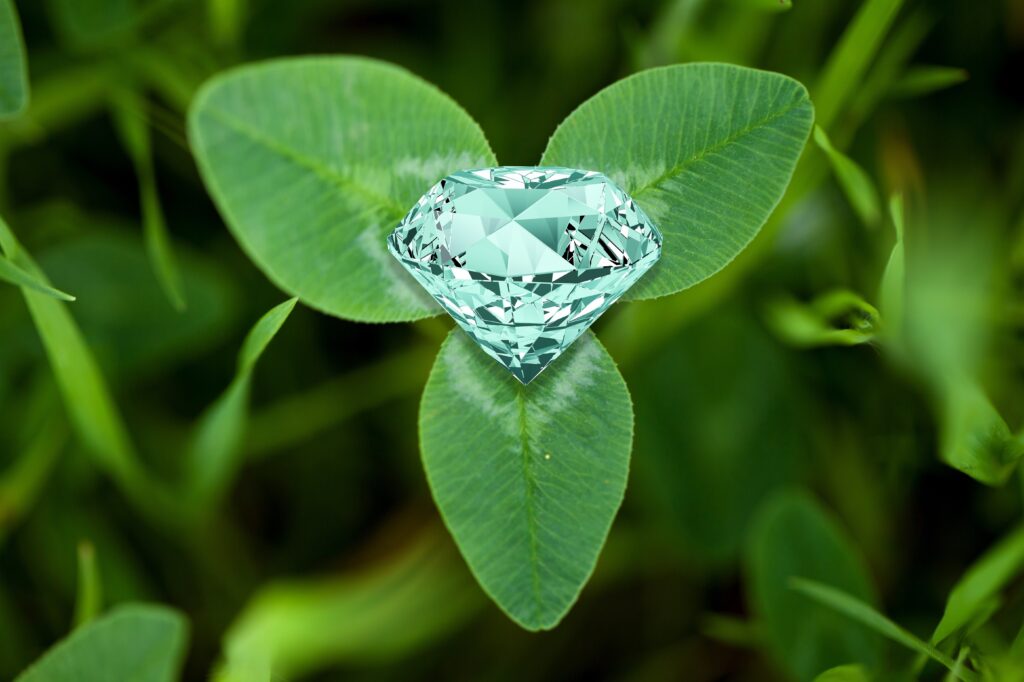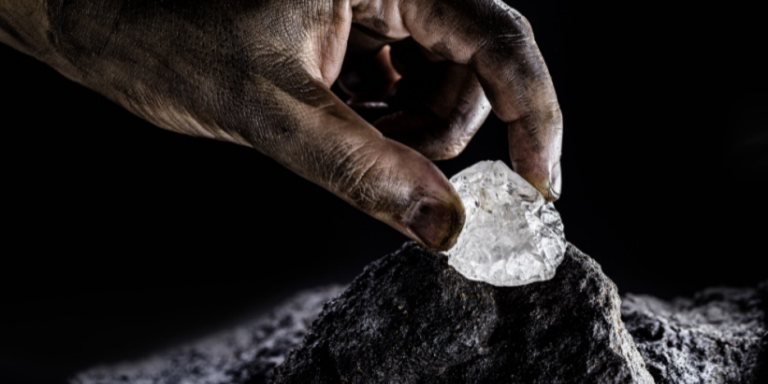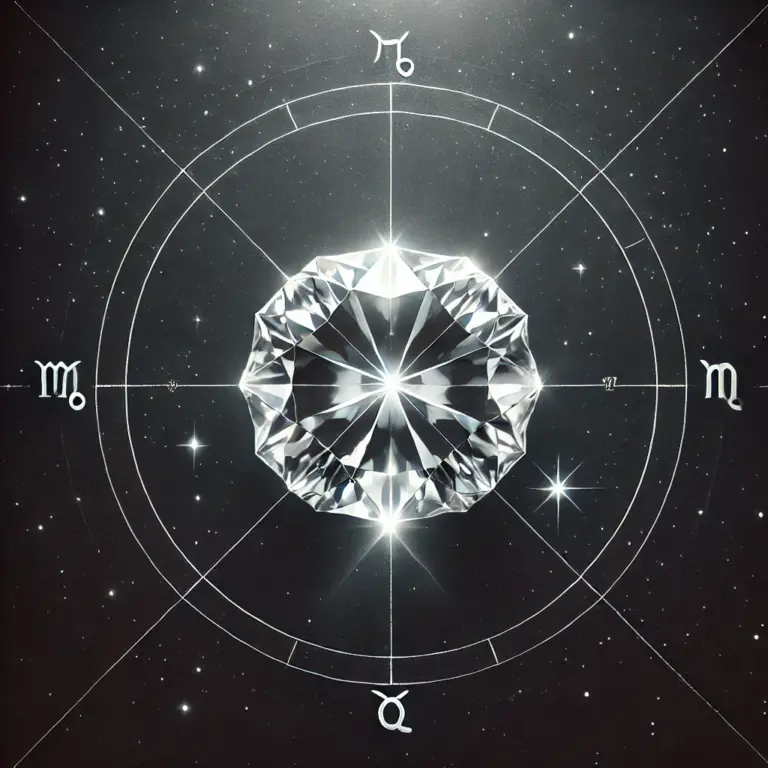
The Next Generation of Brilliance
Imagine a world where you can grow a diamond as easily as you grow a plant. Welcome to the future of luxury! Lab-grown diamonds are revolutionizing the jewelry industry, offering the same brilliance and allure as mined diamonds but with a modern, eco-friendly twist. This isn’t just science fiction; it’s a sparkling reality that’s changing the way we think about gems.
The Science of Creation
Lab-grown diamonds are created using two primary methods: High Pressure High Temperature (HPHT) and Chemical Vapor Deposition (CVD). Both processes mimic the natural conditions that form diamonds deep within the Earth, but they do it in a lab setting, drastically reducing the timescale from billions of years to mere weeks.
- High Pressure High Temperature (HPHT):
- This method simulates the high-pressure, high-temperature conditions found about 100 miles beneath the Earth’s surface. A tiny diamond seed is placed in carbon and exposed to extreme heat and pressure. The carbon melts and forms a diamond around the seed.
- Chemical Vapor Deposition (CVD):
- In this method, a diamond seed is placed in a chamber filled with carbon-rich gas. The gas is ionized into plasma, breaking down the molecular bonds. The carbon atoms then deposit onto the diamond seed, layer by layer, growing a new diamond crystal.
These methods allow scientists to create diamonds that are chemically, physically, and optically identical to mined diamonds. Even expert gemologists need specialized equipment to distinguish between the two.
Why Go Lab-Grown?
Opting for lab-grown diamonds is like choosing a high-tech, eco-friendly version of a classic. Here are several compelling reasons why lab-grown diamonds are gaining popularity:
- Sustainability:
- Lab-grown diamonds significantly reduce the environmental impact compared to traditional diamond mining. Mining disrupts ecosystems, consumes vast amounts of water, and leaves lasting scars on the landscape. In contrast, lab-grown diamonds require less energy and resources, making them a greener choice.
- Affordability:
- Because they bypass the costly and labor-intensive mining process, lab-grown diamonds are generally more affordable. This means you can get a larger or higher-quality stone for the same price as a smaller, mined diamond.
- Ethical Considerations:
- Lab-grown diamonds eliminate concerns about conflict diamonds, also known as blood diamonds, which are mined in war zones and sold to finance armed conflict. With lab-grown diamonds, you can be sure that your gem is ethically sourced.
- Identical Quality:
- Lab-grown diamonds are virtually identical to mined diamonds in every way. They exhibit the same fire, brilliance, and sparkle that make diamonds so desirable. Many lab-grown diamonds are even graded by the same standards as mined diamonds, ensuring transparency and quality.
Shining Bright in Pop Culture
Lab-grown diamonds are making waves in the celebrity world, proving that sustainability and style go hand in hand. Stars like Meghan Markle and Emma Watson have been spotted flaunting their lab-grown bling, making a statement for both fashion and ethics. These high-profile endorsements are helping to shift public perception and drive the popularity of lab-grown diamonds.
For instance, Meghan Markle’s choice of a lab-grown diamond for her engagement ring sparked widespread interest and admiration. Her decision was seen as a nod to her commitment to sustainability and ethical consumption. Similarly, Emma Watson, known for her advocacy of environmental causes, has chosen lab-grown diamonds for her red-carpet appearances, reinforcing the message that luxury doesn’t have to come at the planet’s expense.
The Future of Diamonds
The future of diamonds is undoubtedly sparkling, and lab-grown diamonds are at the forefront of this revolution. As technology advances, the quality and variety of lab-grown diamonds continue to improve, offering even more options for consumers. From dazzling engagement rings to stunning earrings and beyond, lab-grown diamonds are becoming a staple in the jewelry industry.
Moreover, the trend is spreading beyond just individual consumers. Major jewelry brands and retailers are embracing lab-grown diamonds, incorporating them into their collections and promoting them as sustainable, ethical alternatives to mined diamonds. This shift is helping to drive broader acceptance and enthusiasm for lab-grown gems.
In addition to traditional jewelry, lab-grown diamonds are finding applications in various industries. Their unparalleled hardness makes them ideal for cutting tools, semiconductors, and even quantum computing. The versatility and potential of lab-grown diamonds extend far beyond their aesthetic appeal, highlighting their significance in both luxury and technology sectors.




